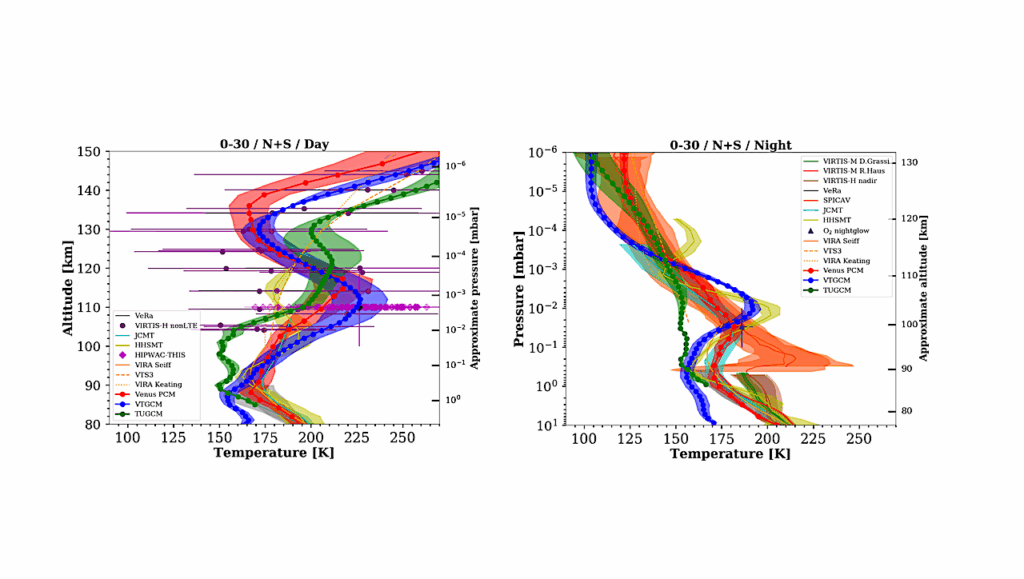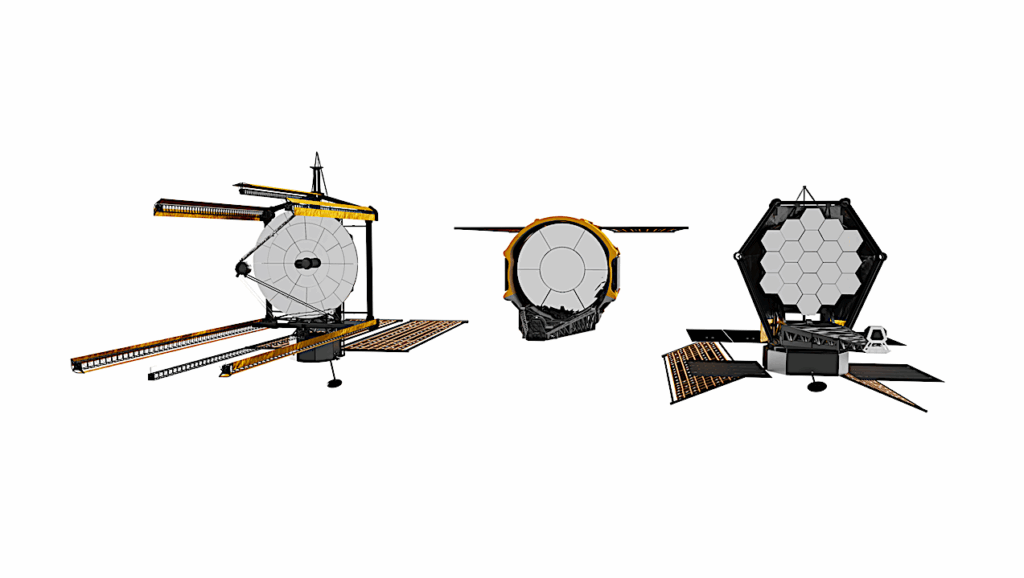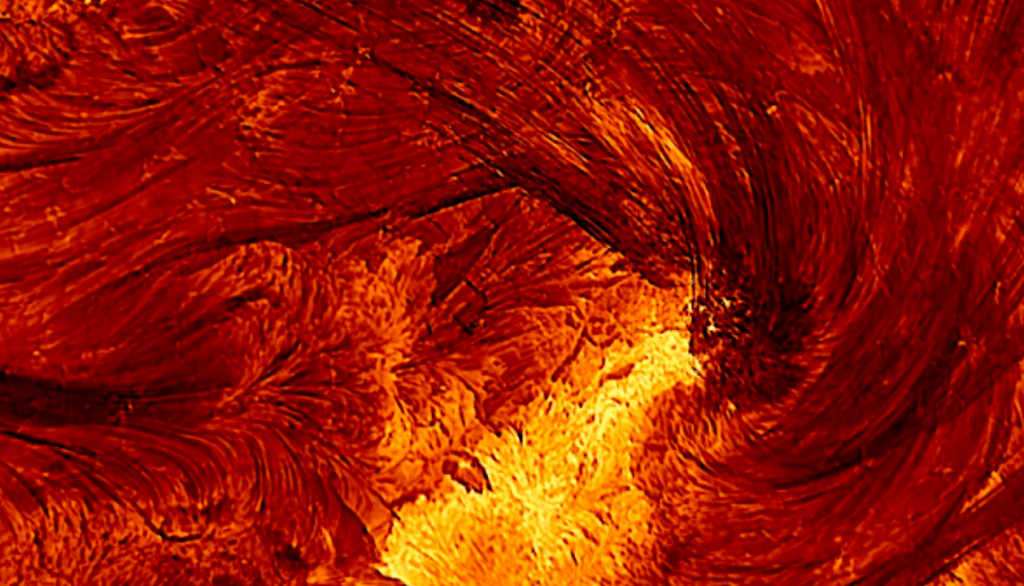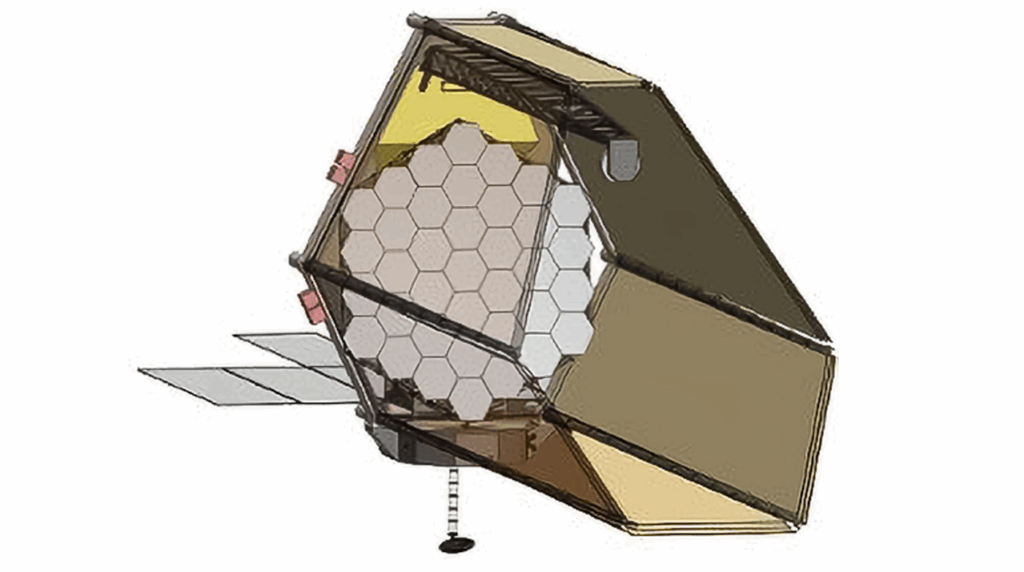Atmospheric Characterization of Directly Imaged Exoplanets With JWST/MIRI

The Mid-Infrared instrument (MIRI) on board the James Webb Space Telescope will perform the first ever characterization of young giant exoplanets observed by direct imaging in the 5-28 microns spectral range.
This wavelength range is key for both determining the bolometric luminosity of the cool known exoplanets and for accessing the strongest ammonia bands. In conjunction with shorter wavelength observations, MIRI will enable a more accurate characterization of the exoplanetary atmospheric properties. Here we consider a subsample of the currently known exoplanets detected by direct imaging and we discuss their detectability with MIRI, either using the coronagraphic or the spectroscopic modes.
By using the Exo-REM atmosphere model we calculate the mid-infrared emission spectra of fourteen exoplanets, and we simulate MIRI coronagraphic or spectroscopic observations. Specifically we analyze four coronagraphic observational setups, which depend on (i) the target-star and reference-star offset (0, 3, 14 mas), (ii) the wave-front-error (130, 204 nm rms), (iii) the telescope jitter amplitude (1.6, 7 mas). We then determine the signal-to-noise and integration time values for the coronagraphic targets whose planet-to-star contrasts range from 3.9 to 10.1 mag. We conclude that all the MIRI targets should be observable with different degrees of difficulty, which depends on the final in-flight instrument performances.
Furthermore, we test for detection of ammonia in the atmosphere of the coolest targets. Finally, we present the case of HR 8799 b to discuss what MIRI observations can bring to the knowledge of a planetary atmosphere, either alone or in combination with shorter wavelength observations.
C. Danielski, J.-L. Baudino, P.-O. Lagage, A. Boccaletti, R. Gastaud, A. Coulais, B. Bézard
(Submitted on 1 Oct 2018)
Comments: 30 pages, 15 figures, 2 appendixes, accepted for publication in AJ
Subjects: Earth and Planetary Astrophysics (astro-ph.EP)
Cite as: arXiv:1810.00894 [astro-ph.EP] (or arXiv:1810.00894v1 [astro-ph.EP] for this version)
Submission history
From: Camilla Danielski
[v1] Mon, 1 Oct 2018 18:00:17 GMT (1231kb,D)
https://arxiv.org/abs/1810.00894
Astrobiology








